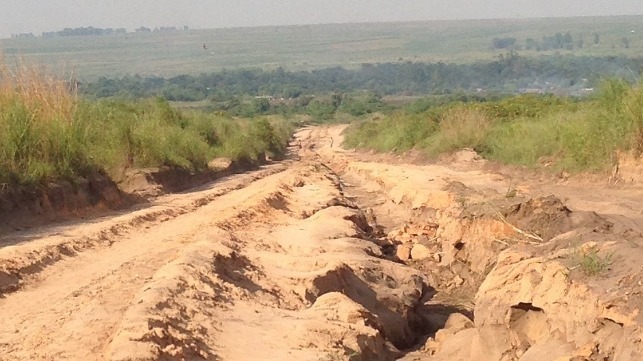The Missing Links in Africa’s Ports Connectivity

Since Africa is home to many developing countries, including 16 which are landlocked, it is faced with immense pressure to improve its connectivity to global trade. As these vulnerable economies continue to lag behind in the development of key infrastructure, such as road and rail transportation, they have considerable challenges benefitting from trade opportunities due to unreliable movement of their imports and exports, which drives up trade costs.
It is against this background that the United Nations Economic Commission for Africa (UNECA) mooted the idea of a Trans-African highway back in 1971, towards the conclusion of the African Independence era. The highway is not just one proposed road, but a mosaic of nine highways extending nearly 40,000 miles across the continent, connecting major African port cities.
The longest connects the Mediterranean Sea at Libya’s capital of Tripoli to the Atlantic Ocean off South Africa’s Capetown. The east-west highway connecting the major metropolitan powerhouses of East Africa and West Africa (the ports of Lagos, Nigeria and Mombasa, Kenya) is among the shortest, but it is a very challenging transport corridor.
Although more than half of the road network has been paved, there are numerous missing links, especially on the highway linking Mombasa with Lagos. Countries like the Central Africa Republic and DRC (Democratic Republic of Congo) along this route have a low coverage of paved roads, and tracks are impassable due to difficult terrain or after rain. Militia wars and conflicts are partly to blame, as infrastructure development can only happen in times of peace and stability. The persistent unrest in Somalia led to its exclusion from this transcontinental highway network. Only Nigeria, Cameroon, Uganda and Kenya have completed their roads, with huge parts connecting Uganda, DRC and Central Africa Republic unfinished and in poor condition. This contributes to factors that cause Africa to incur higher transportation costs - in the range of 50-175 percent higher than the developed world - compounded by the fact that most of the African countries are net importers of food and other essential products, like agricultural inputs.
If Africa’s ports connectivity will rank favorably to those in developed world, these infrastructure developments are critical to ensure minimal time is wasted in transit of goods. An analysis by the World Bank scrutinizing data collected between 2000-2010 revealed that ports in Eastern and Southern Africa had a container terminal operations efficiency in the range of 44-53 percent. In other words, these ports are less than half as productive as similar ports across the world.
Insurance market Lloyd’s 100 Ports list of 2019 ranked Durban as Sub-Saharan Africa’s busiest port at position 62, and none of Africa’s facilities were among the top 40. This is not to downplay the significant port terminal infrastructure that most of them have been undertaking in the recent past, but rather to show the amount of catch-up that Africa has to do to raise its stake in global trade.
Even as African governments concentrate on port development and efficiency, port access infrastructure and hinterland connection are paramount. For example, it takes five to six days to transport cargo from the port of Mombasa to neighboring landlocked Uganda. Unfortunately, goods can only be transported by road due to an inefficient railway network and non-existent pipelines between these East African countries. Only a paltry four percent of goods leaving Mombasa’s port go by railway.
This is a similar scenario all across Africa, resulting to congestion of cargo at the ports and hence poor performance. In addition, the low level of intra-Africa trade - which currently accounts for 17 percent of exports, according to Brookings Institution - is another factor which the Trans-African Highway aspires to mitigate.
This notwithstanding, the highway is not a silver bullet in improving the efficiency of Africa’s shipping and maritime sector. It’s time to have a new blueprint to develop a multimodal transport network - especially rail and pipelines - in order to ease logistical challenges and reduce over-reliance on roads.
Brian Gicheru Kinyua is a regular contributor to The Maritime Executive.
The opinions expressed herein are the author's and not necessarily those of The Maritime Executive.
